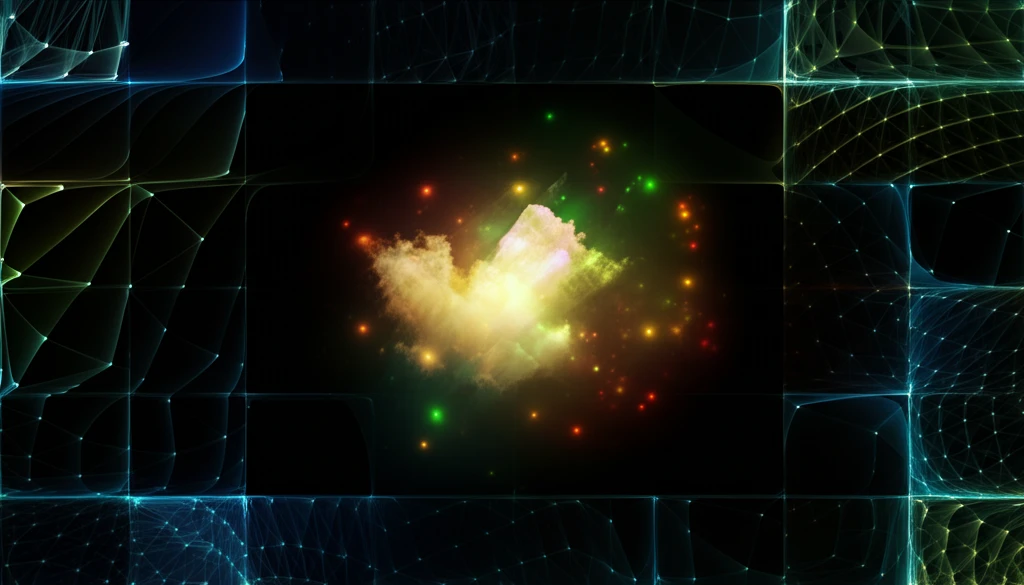
Decoding Dynamic Networks: How Algorithms Evolve with Shifting Communities
"Dive into the world of dynamic overlapping community detection and discover how cutting-edge algorithms are revolutionizing network analysis."
In today's interconnected world, networks are everywhere. From sprawling social networks to intricate transportation systems and complex biological interactions, these networks model the relationships and dynamics that shape our lives. Understanding the structure of these networks – particularly their community structures – is crucial for uncovering hidden patterns, predicting behavior, and making informed decisions.
Community detection, the process of identifying clusters of closely connected nodes within a network, has become a vital tool across numerous disciplines. By revealing these communities, we can gain insights into how information flows, how groups form, and how influence spreads. However, real-world networks are rarely static. They evolve over time, with new connections forming, old connections dissolving, and communities merging or splitting. This dynamism presents a significant challenge for traditional community detection algorithms.
Enter dynamic community detection, a field dedicated to developing algorithms that can track these evolving communities. But what happens when communities overlap, with individuals belonging to multiple groups simultaneously? This is where dynamic overlapping community detection comes in, adding another layer of complexity to the analysis. Imagine a person active in both a local book club and an online gaming community – their presence bridges these two distinct groups, creating an overlap that needs to be accurately identified.
The Evolution of Community Detection: From Static to Dynamic and Overlapping

Traditional community detection algorithms often assume a static network structure, providing a snapshot of community affiliations at a single point in time. However, this approach fails to capture the fluidity of real-world networks, where relationships and community boundaries shift constantly. Dynamic community detection algorithms address this limitation by incorporating the temporal dimension, tracking how communities evolve over time. These algorithms analyze a series of network snapshots, each representing the network structure at a specific time point, to identify and follow the changes in community composition.
- Static Community Detection: Provides a snapshot of community affiliations at a single point in time.
- Dynamic Community Detection: Tracks how communities evolve over time by analyzing a series of network snapshots.
- Overlapping Community Detection: Allows nodes to belong to multiple communities simultaneously.
- Dynamic Overlapping Community Detection: Combines both dynamic and overlapping aspects for a comprehensive understanding of network evolution.
The Future of Network Analysis: Embracing Dynamic and Overlapping Communities
As networks become increasingly complex and dynamic, the need for sophisticated community detection algorithms will only continue to grow. Dynamic overlapping community detection offers a powerful approach for understanding these evolving networks, providing valuable insights for a wide range of applications. From predicting the spread of misinformation on social media to optimizing transportation networks and understanding the dynamics of biological systems, these algorithms are transforming how we analyze and interact with the interconnected world around us.
